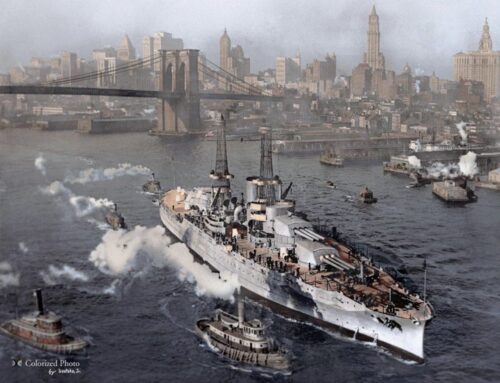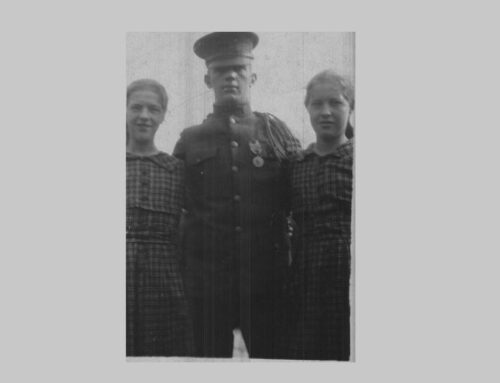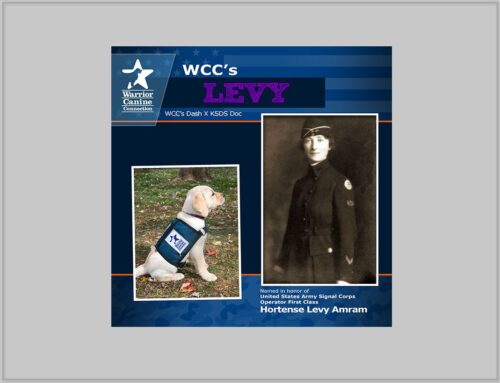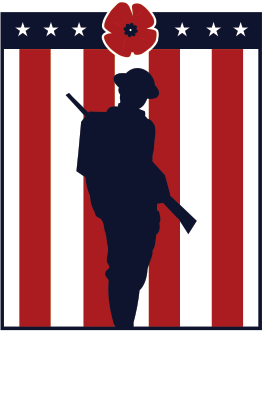The Renaissance of American Art: Sabin Howard and the Grand Liberty Arch, A Monument for Our Time
Published: 20 April 2025
By John D. Johnson
via the PoliticIt website

sab5
Sculptor Sabin Howard (right) shares how a childhood steeped in the beauty of Italy shaped his calling to create monumental art. From carving the 60-foot World War I Memorial to envisioning the Grand Liberty Arch, he tells a story of sacrifice, symbolism, and a national rebirth—where bronze and stone become vessels for liberty, memory, and the sacred soul of America.
In this episode of the PoliticIt Podcast, sculptor Sabin Howard shares his journey from a young artist in New York to becoming a modern-day Michelangelo, capturing the spirit of humanity through monumental art. Join us as we explore his groundbreaking project, the Grand Liberty Arch, and his vision for a new cultural renaissance in America.
Introduction to Sabin Howard
Sabin Howard stands as a remarkable figure in contemporary sculpture, blending traditional techniques with modern storytelling. His work is rooted in a deep appreciation for the Italian Renaissance and Greco-Roman art, which greatly influences his approach. Over 42 years, Howard has honed his craft, and his dedication culminated in the creation of monumental pieces that resonate with the human experience.
The World War I Memorial
The World War I Memorial is a testament to Howard’s vision and skill. After winning a global competition that included 360 teams, he embarked on a 9.5-year journey to create a 60-foot-long bronze wall, adorned with 38 figures and weighing an impressive 25 tons. Located just 150 yards from the White House, this memorial captures the essence of sacrifice and transformation, depicting the journey of a soldier returning home.
The Hero’s Journey
At the heart of the memorial lies the concept of the hero’s journey, a narrative framework popularized by Joseph Campbell. This journey encapsulates the transformation of a soldier, who leaves his family to face the horrors of battle, only to return changed, symbolically passing on his helmet to the next generation. This allegory for the United States weaves together personal and collective histories, embodying resilience and hope.
The Creative Process
Howard’s creative process was both rigorous and deeply reflective. Following his win, he engaged in nine months of intensive iterations, capturing 12,000 images of models in authentic uniforms. This meticulous attention to detail ensured that each figure on the wall authentically represented those who served. The final composition emerged from a blend of artistic vision and real-life experiences, transforming into a monumental narrative that resonates with viewers.
Humanity and the Faces of Veterans
The memorial is not just a representation of history; it is an homage to humanity itself. By working with real veterans, some of whom have faced tremendous struggles, Howard captured the raw emotions and stories etched into their faces. These individuals, including Rangers, Marines, and Navy Seals, serve as the living embodiment of the sacrifices made. Their experiences are immortalized in bronze, conveying a powerful message of endurance and connection.
The Storytelling Aspect of Sculpture
Sculpture today often lacks narrative depth, presenting static figures that fail to engage the viewer. Howard recognized this gap and sought to create a dynamic experience. By designing the memorial as a “bronze movie,” he allows the story to unfold as viewers walk along the wall. Each scene seamlessly connects to the next, inviting the audience into a journey through time, rich with emotion and history.
→ Read the entire article on the PoliticIt website here:
External Web Site Notice: This page contains information directly presented from an external source. The terms and conditions of this page may not be the same as those of this website. Click here to read the full disclaimer notice for external web sites. Thank you.



